Parkandillick Gallery 4: This is the final page of the Parkandillick Engine House Galleries. The top floor of the house is home to the beam of the engine. So this page looks at the Bob Loft.

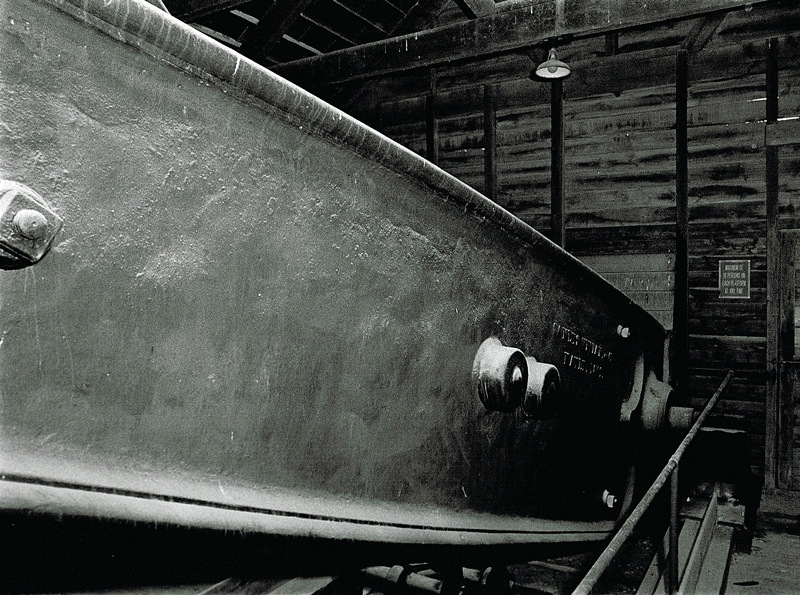
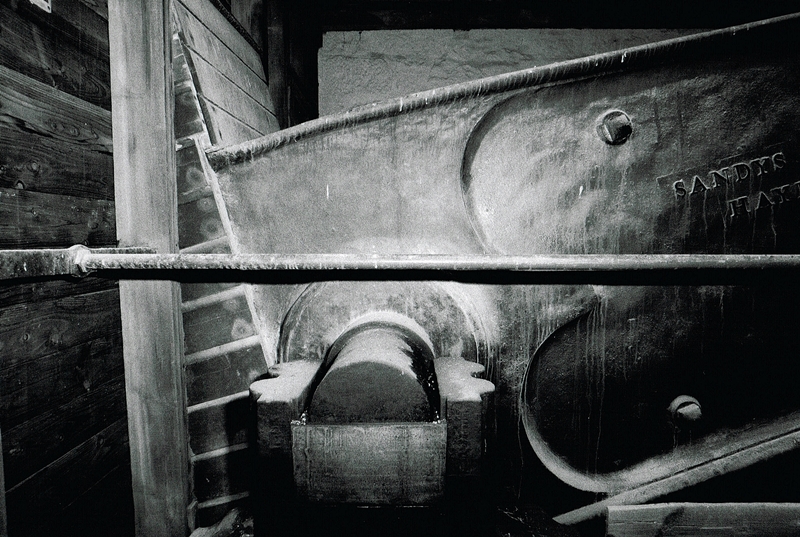
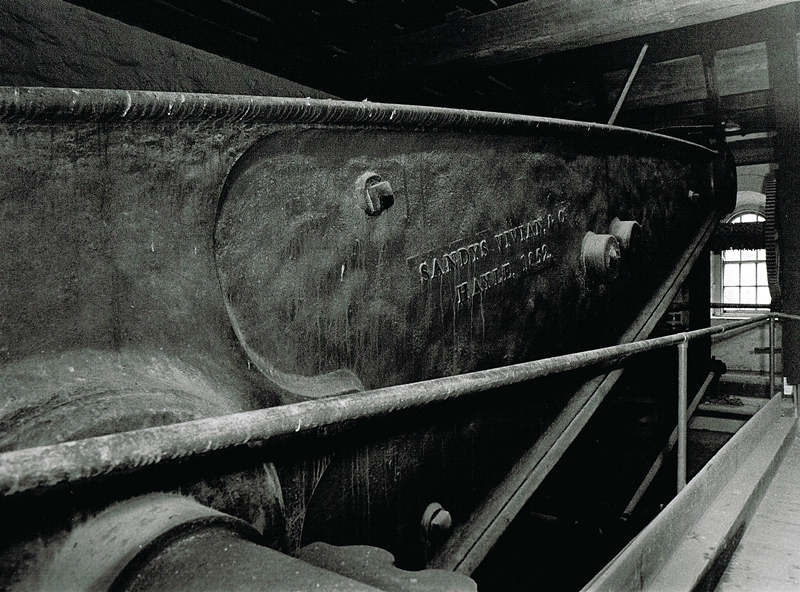
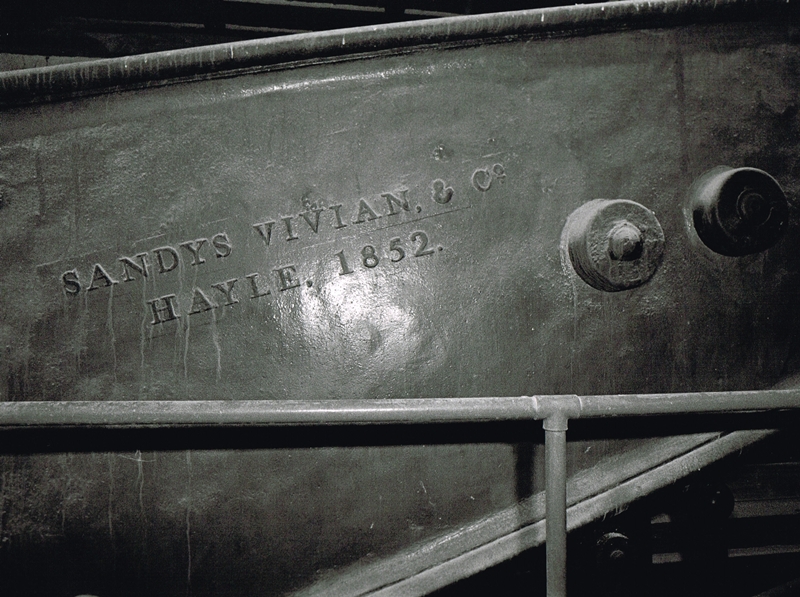
Above the lettering (V)can be seen what are believed to be dog paw prints. So, the animal must have run across the sand mould before the beam was cast.
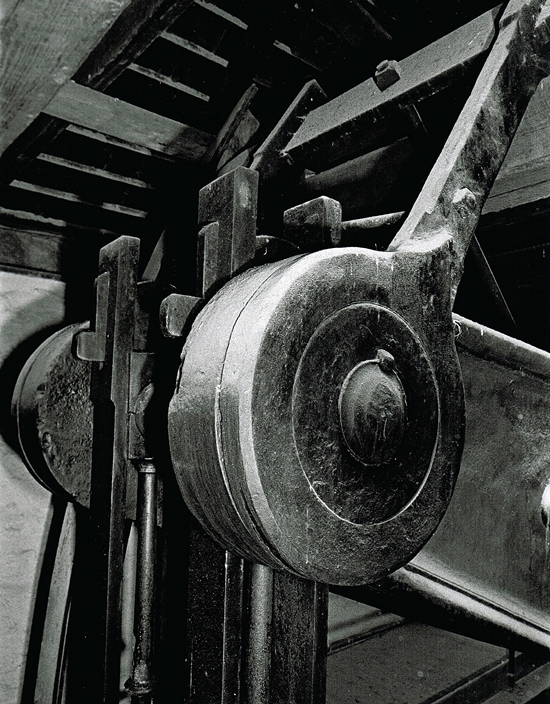
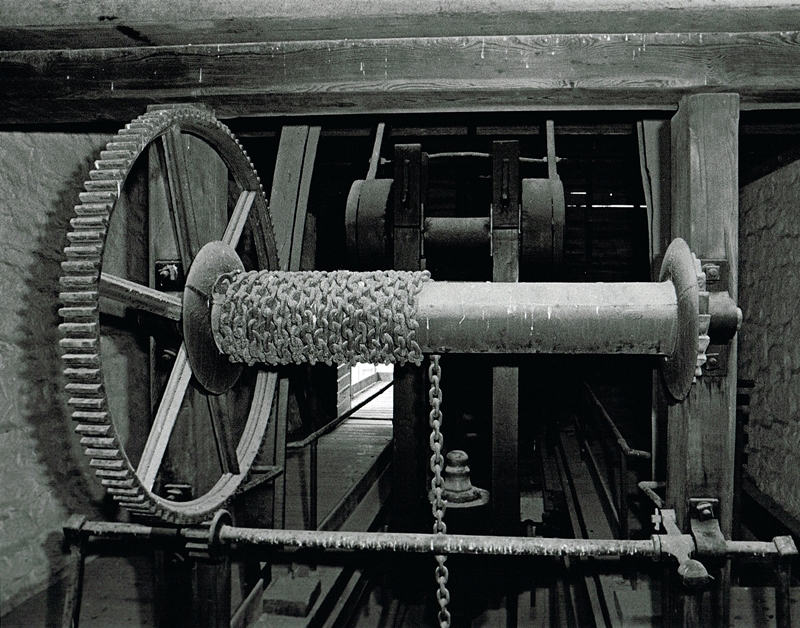
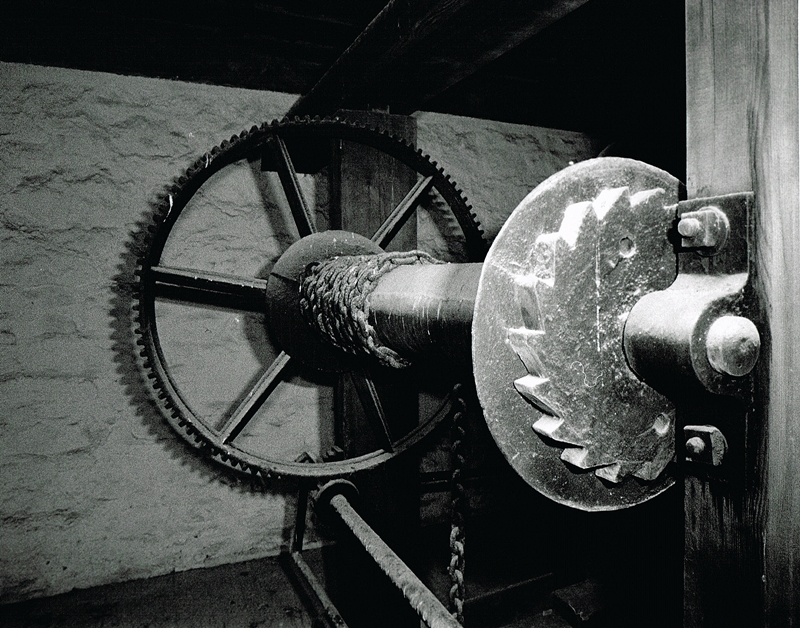
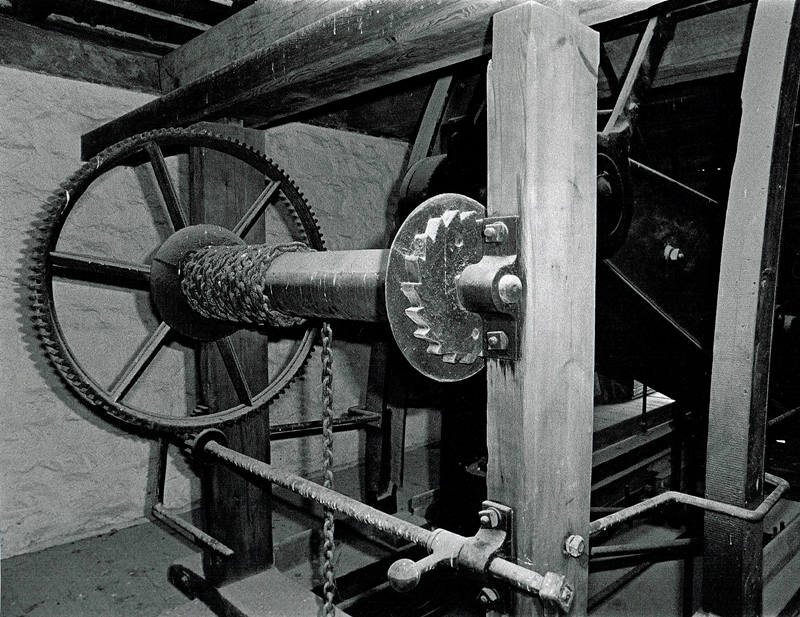
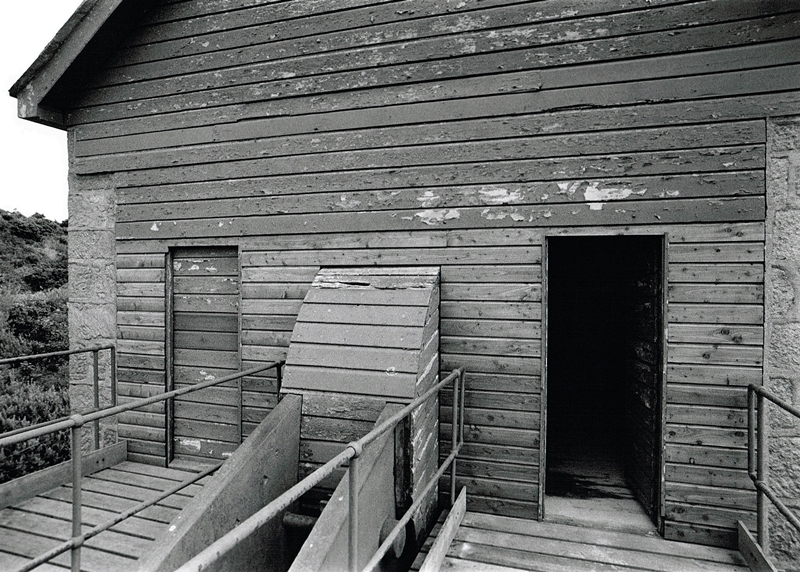
My thanks go to The Trevithick Society for letting me use their material about the Parkandillack Engine on these gallery pages.
The site is owned by Imerys on private land. Entry is controlled and should not be attempted without the proper permissions.
